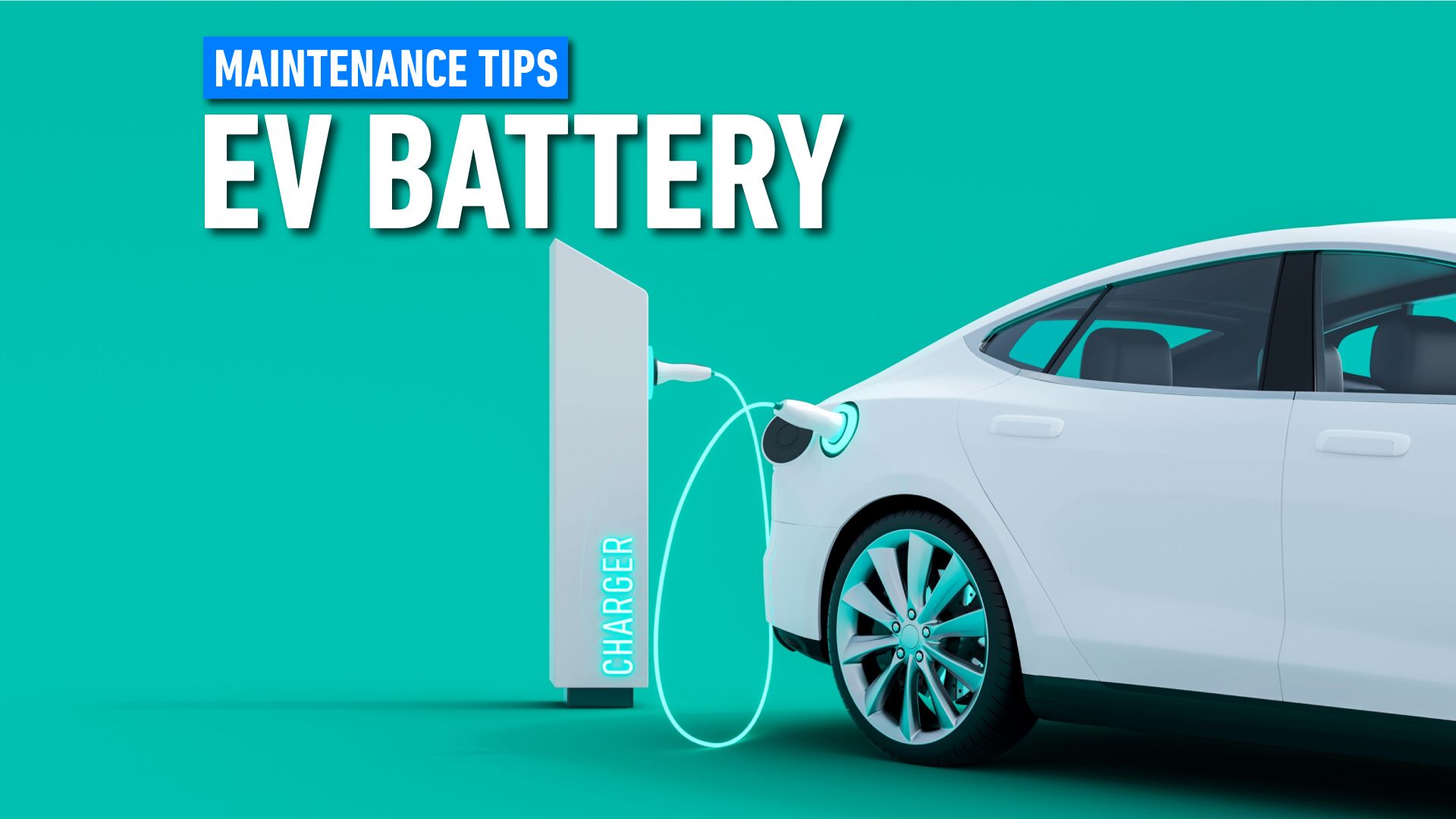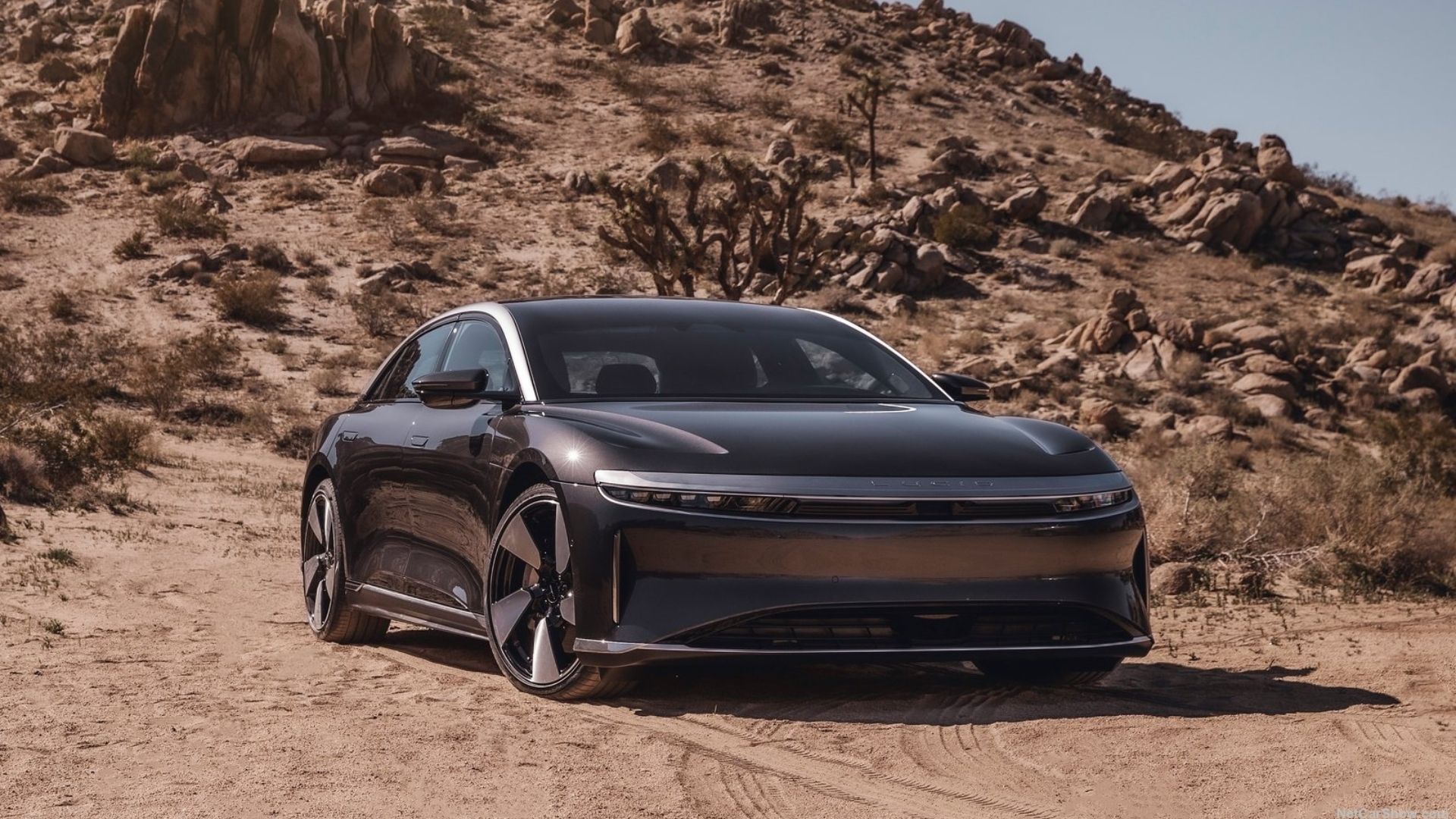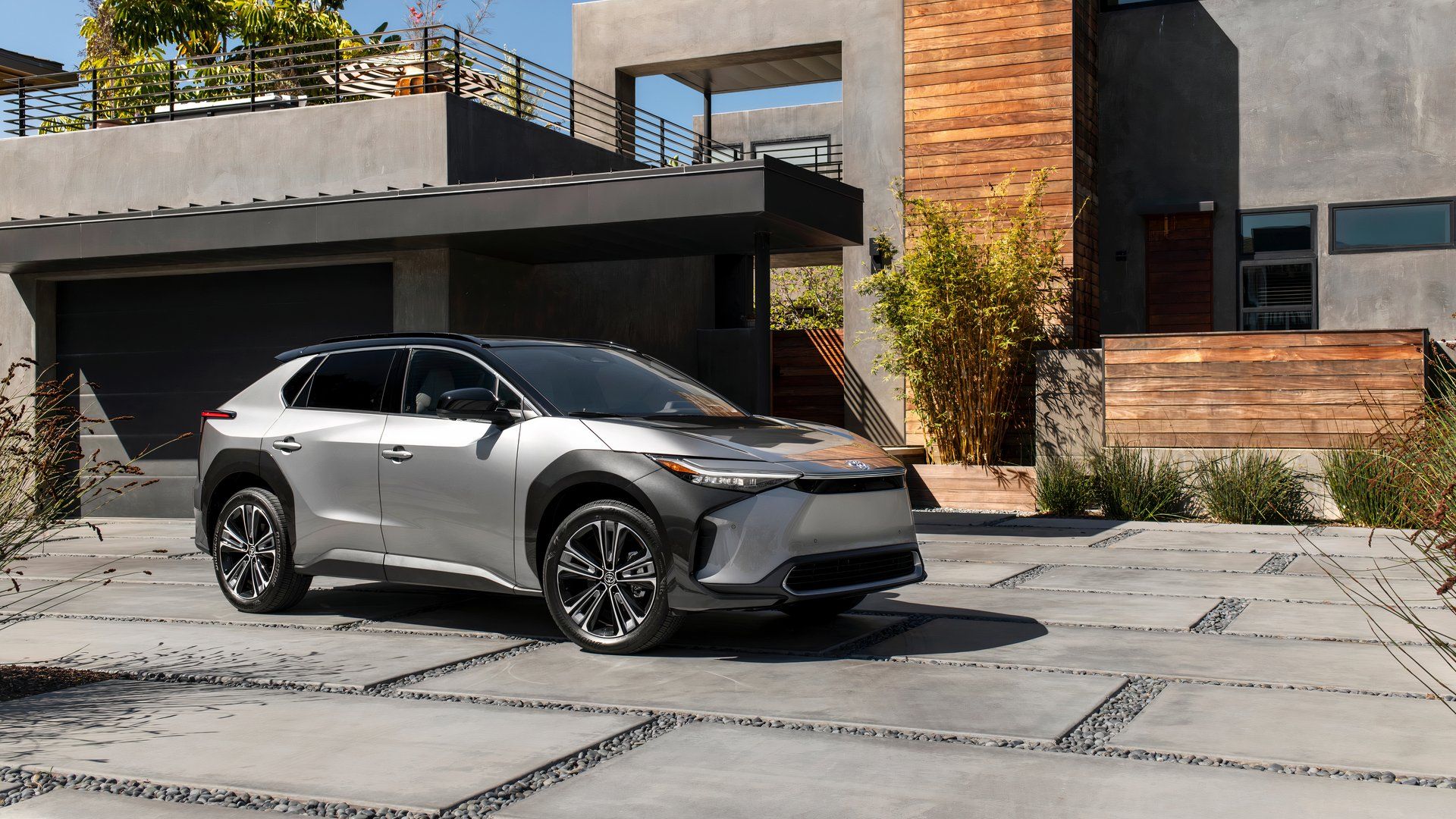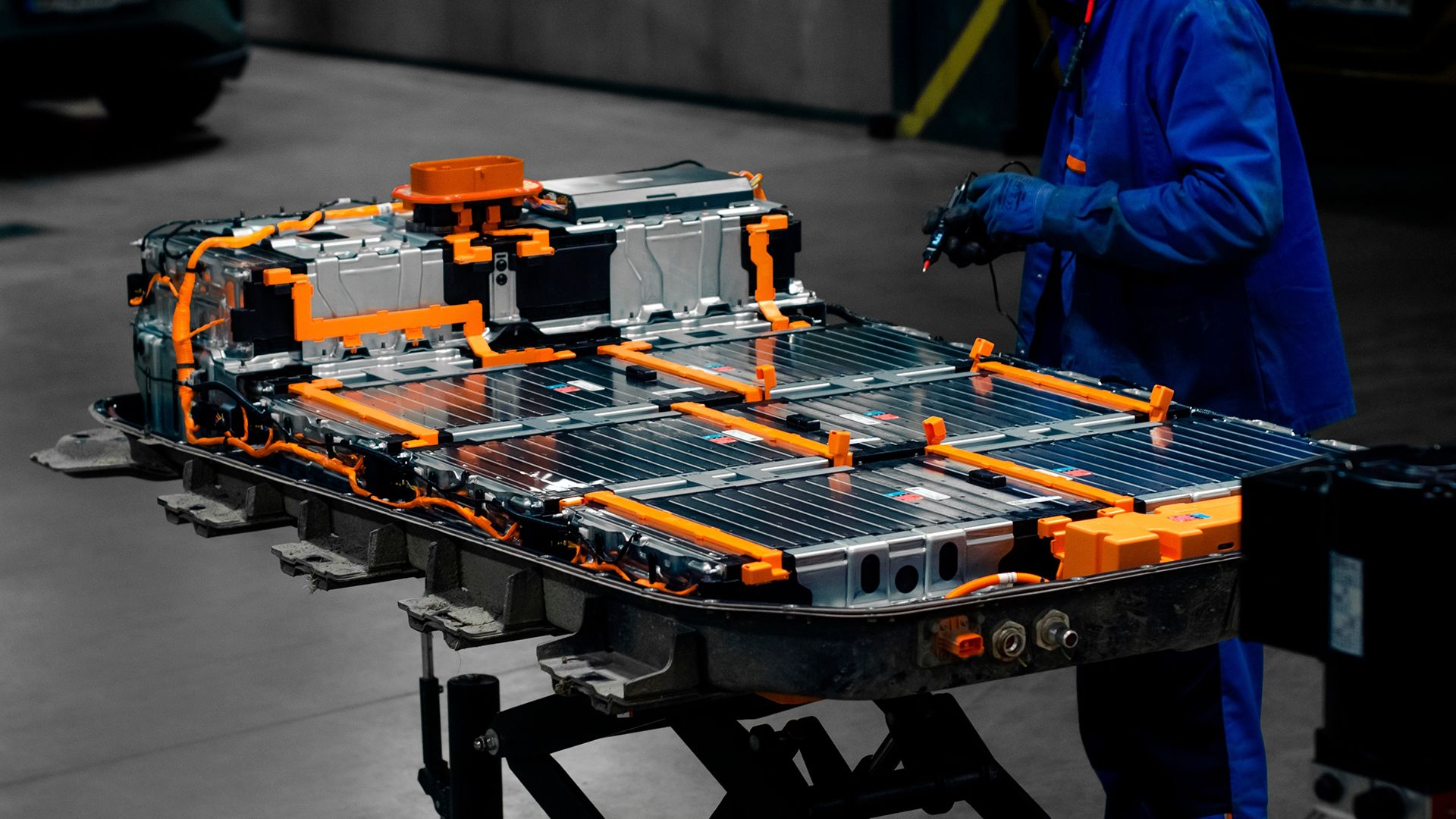Lithium-ion batteries
allowed EVs to finally become viable for the masses. They can store a lot of energy in a relatively small package, allowing EVs to drive more than 100 miles without towing a massive battery trailer with a big cable running alongside the hitch. However, they have their shortcomings. Lithium is an expensive metal, which is a big part of why the battery is the most expensive part of any electric vehicle. (With some EVs, the battery is half the price of the entire car.)
They also have never really been able to deliver a better range than a gasoline car with a little less than a half-tank of fuel. And of course, lithium is a finite resource that is becoming scarcer just as the electronics industry’s demand for it is sharply rising. With that in mind, here are some battery technologies that could allow the EV industry to move past lithium-ion, and a few variants of lithium-ion that make better use of those rare metals contained within.
In order to give you the most up-to-date and accurate information possible, the data used to compile this article was sourced from various manufacturer websites and other authoritative sources. Most images in the entries are for representation purposes only and don’t indicate any brand’s inclination towards the battery chemistry.

Related
10 EV Battery Maintenance Tips
Ensure you get the most out of your EV battery with these ten maintenance tips that anyone can do.
1
Sodium-Ion Batteries
Sodium-ion batteries debuted at CES 2024. Although many technologies at CES end up quietly dying from lack of demand, sodium-ion batteries (or Na-ion for short) may allow the still-developing EV industry to survive the impending lithium shortage. As their name implies, they use sodium instead of lithium, which makes them substantially cheaper. (Sodium costs a lot less than lithium.) However, Na-ion batteries have a lower energy density than lithium-ion batteries. In other words, they can store less power per cubic foot (or cubic meter, for the metrically inclined).
Even with their lower capacity, their lower price may make them an option for budget-model EVs. Car buyers who have to watch their MSRP would be more willing than luxury buyers to sacrifice some driving range. If this happens, it would be one of the rare instances of a new car option being introduced in budget-level cars rather than gradually making its way down from the higher price brackets.
2
Graphene Batteries
Graphene batteries use a form of carbon to store and conduct electricity. Those who are unfamiliar with electrical physics may think it seems a bit weird to send electricity through carbon. However, the practice is quite old. The so-called “universal motors” found in most power tools use carbon blocks (called “brushes”) to transfer electricity from the stationary parts of the motor to the parts that spin. Graphene is a form of carbon that is one atom thick. It is essentially a single layer of graphite (yes, the stuff in pencils).
Of course, carbon is one of the cheapest raw materials out there. This theoretically means that graphene batteries would never suffer a material shortage, nor would the price of carbon make them unaffordable. However, graphene is extremely difficult to mass-produce or handle. Again, it is sheets of carbon that are exactly one atom thick. Imagine dissolving the paper away from a note written in pencil, and trying to keep the lettering intact. Now imagine trying to do this enough times to keep a battery production line running.
3
Zinc-Ion Batteries
Zinc-ion batteries are yet another attempt to make cheaper metals act as well as lithium does. Zinc is the fourth most common element on Earth, which naturally eliminates both the price and scarcity problems associated with lithium. Additionally, zinc-ion batteries don’t catch fire the way lithium-ion batteries do. (It should be noted that lithium-ion battery fires are very rare, and solid-state lithium batteries may eliminate them entirely.)
Despite these advantages, zinc-ion is a relatively recent addition to the world of batteries. Scientists first produced viable zinc-ion batteries in 2011. In 2023, a company called Eos Energy got a $400 million loan from the US Department of Energy to further research them. (The news on zinc-ion batteries has been quiet ever since.)
Theoretically, zinc-ion batteries could make power storage possible for entire cities. Up until now, the idea of using batteries to store electricity for use during peak demand hours has been too expensive.

Related
The Best EV Batteries, Ranked Based On Range And Reliability
Unveil the elite EV batteries setting standards in range and consistent performance.
4
Zinc-Air Batteries
Like solid-state batteries, zinc-air batteries are an old technology that has historically been used only for very small devices. These small silver “button cells” or “coin cells” are found in many hearing aids, watches, and vintage SLR cameras. They actually use air (or more precisely, oxygen from the air) to drive the chemical reaction that produces electricity.
Zinc-air batteries have a very high energy density. That is, they can store a lot of energy in a very small space. Their voltage also doesn’t weaken as their charge goes down. In other words, the batteries don’t “peter out” over a long course of time. Instead, they remain strong until they suddenly run out of electricity. It’s easy to see how this would appeal to people trying to get home on nearly zero battery charge. Unless someone completely drains the battery, the EV will be just as vigorous at 5% charge as a full charge.
Zinc-air batteries’ biggest weakness is that they are single-use only. They cannot be recharged. Scientists have come up with a few promising ways that this might change, but such improvements are still in their early, barely-tested stages.
5
Solid-State Batteries
No discussion of future battery technology is complete without solid-state batteries. These are batteries that store their energy in a solid electrolyte. Most other batteries use a liquid or a paste. Like zinc-air batteries, solid-state batteries have been in use for a long time, but only for very small devices. When anyone attempts to make solid-state batteries large enough to power a car, a lot of fiendishly difficult physics problems get in the way. The advantages of solid-state batteries sound like an EV manufacturer’s wishlist. They have an energy density that makes lithium-ion batteries seem hopeless.
Depending on which automaker is issuing a press release, a solid-state battery half the size of a current generation EV battery can deliver a driving range anywhere from 500 to 1,000 miles. They aren’t as susceptible to damage from heat or cold, an ideal trait for batteries that will spend their lives in parking lots and on roads. Fast charging doesn’t damage them as much as lithium-ion batteries.
However, they have been notoriously difficult to produce. Toyota started the (still some time away) solid-state battery revolution in 2011. Other automakers have gotten into the solid-state game more recently. Despite over a decade of research, no one has managed to bolt a solid-state battery into a car and drive it. Semi-solid state batteries offer a possible compromise with many of the advantages of SSBs. They contain a mixture of solid and liquid electrolytes. Chinese EV manufacturer Nio has already begun mass-producing them and putting them into cars that customers can lease. Despite this success, it seems no one else in the auto industry is pursuing them. It’s either all-solid-state or nothing.

Add TopSpeed to your Google News feed.
6
Silicon-Anode Batteries
Silicon-anode batteries are a relatively new variant of lithium-ion. They use silicon instead of graphite for the battery’s anode. Many batteries use a mixture of silicon and graphite, but Si-anode batteries use pure (or nearly pure) silicon. This allows a lot more electricity to pass through the anode. In theory, this enables lithium-ion batteries to have a higher energy density, which would allow EVs to finally have better ranges than an ICE car with a scant half-tank.
Given how the modern EV industry is almost inextricably tied to Silicon Valley (even if Elon Musk bought a Stetson hat and relocated Tesla to Texas), it is mildly surprising that it took so long for anyone to put silicon into battery electrodes. However, battery researchers are making up for lost time.

Discussion
Is Toyota Becoming Synonymous With Solid-State Batteries?
Toyota went all-in with hydrogen tech first, and now, even though it’s not been as active as most automakers in the EV segment, it has spent a good chunk of its resources developing solid-state batteries. A lot of automakers and companies are working towards them, but there’s a different kind of buzz with Toyota’s development of SSBs. The Japanese automaker is known to bet big on the future (take hybrids, for example, when it launched the Prius and revolutionized the industry). Could we see similar success being replicated nearly three decades later when solid-state batteries become synonymous with Toyota?
7
Cobalt-Free Lithium-Ion Batteries
Lithium gets most of the press for being too rare for the electronics industry to keep ordering it by the ton indefinitely. After all, it is the only metal to get name-dropped in the term “lithium-ion battery.” However, most lithium-ion batteries also use cobalt in their electrolytes, and cobalt is just as vulnerable to shortages and price spikes. Also, it seems like most of the world’s cobalt reserves are in countries that can politely be called “politically unstable.” Removing cobalt from lithium-ion batteries removes one of the rare metals from batteries, thus reducing the cost.
No single cobalt-free solution has emerged, but most research has focused on organic compounds. For those who need a quick refresher on their chemistry vocabulary, “organic compounds” is the scientific way to refer to anything that contains carbon in its molecules. As has already been noted, carbon is one of the most common elements on Earth, and certainly one of the easiest to collect in multi-ton quantities.
8
Lithium Iron Phosphate Batteries
Lithium iron phosphate batteries (LFP or LiFePO4 for short) are a variant of lithium-ion batteries that store their energy in a compound called, unsurprisingly enough, “lithium iron phosphate.” These batteries are already a popular choice for EVs, including those made by industry leader Tesla.
Although LFPs are a relatively new variant of lithium-ion batteries, they are already a popular choice for EVs, home power storage, and even municipal power storage. EV standard-bearer Tesla uses them for its cars, as do many other manufacturers. LFP batteries are more fire-resistant than other forms of lithium-ion batteries. They also remain healthy after being repeatedly drained and recharged. Indeed, they can survive far more drain-recharge cycles than other types of lithium-ion batteries. Lithium iron phosphate is also a relatively low-cost form of lithium (although when it comes to lithium-ion batteries “low-cost” is a relative term).
LFPs also aren’t as prone to fires, and don’t generally suffer what IT professionals call the “spicy pillow” effect. This is when the chemicals inside an aging battery react with each other and produce various gases, which inflate the battery from the inside. A battery in this condition looks a lot like an overstuffed sofa cushion, and is an imminent fire hazard.
9
Lithium-Sulfur Batteries
Lithium-sulfur is a variant of lithium-ion batteries that has shown promise in testing labs but hasn’t quite made it to the outside world. Instead of using iron like LFP batteries or various organic compounds like cobalt-free lithium batteries, they use lithium-sulfur compounds. (In many industries, sulfur is a waste product.) This would theoretically reduce the price of batteries tremendously.
Research into lithium-sulfur batteries began in the 1960s. Interest in them didn’t really pick up until well into the 21st century, perhaps because lithium-ion batteries were being used in everything from phones to rechargeable flashlights. A lot of recent research has focused on preventing the chemical processes that cause them to degrade. Right now, they don’t have long enough lifespans for use in EVs. The biggest risk of lithium-sulfur batteries is that they can undergo what scientists delicately call a “rapid discharge.” This is when all the energy stored in the battery comes out of the battery all at once, usually with an explosion. Researchers have noted that microcontrollers would be required to prevent this.

Related
How Canada And The U.S. Could Shake Up The EV Battery Supply Chain
Canada grabs the top spot in battery supply chain ranking, but China remains the dominant player as North America attempts to disrupt the market.
10
Lithium Nickel Manganese Cobalt (NMC) Batteries
These are some of the most common types of lithium-ion batteries. General Motors uses this type of battery in its Chevrolet Silverado EV truck. For those who want to unite as many expensive metals as possible into a single battery, lithium nickel manganese cobalt batteries (or nickel manganese cobalt oxide, or NMC) offer everything they could want. Nickel, manganese, and cobalt each have their own respective advantages when used in lithium-ion batteries. However, each of them also has its own serious shortcomings. Combining the three helps get all the benefits of each and mitigate their respective disadvantages. NMC also offers the economic thrills that can only come from tripling the potential price fluctuations of either nickel, manganese, or cobalt alone.
NMC batteries have a high energy density (that is, they can store a lot of energy in a small space). They are also less prone to overheating. And of course, they remain viable after repeatedly being drained and recharged. NMC batteries have one disadvantage (aside from their triple vulnerability to price spikes in the metal market). They tend to have a lower voltage than other types of lithium-ion batteries. However, this is a relatively straightforward problem for electrical designers to work around.
















